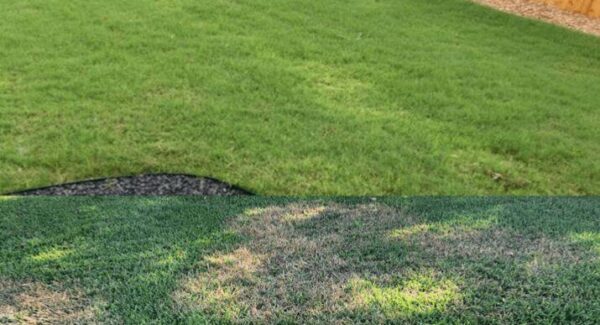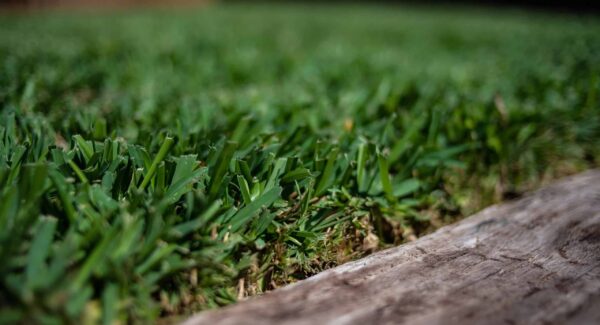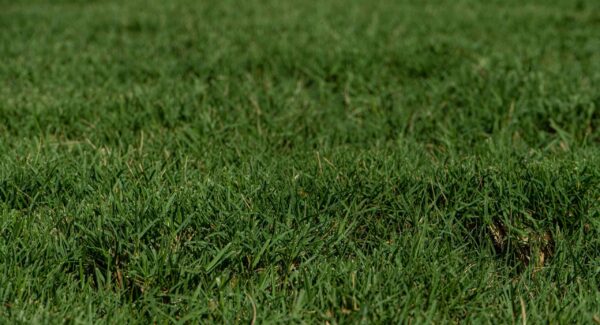Yellow Grass: Fungi Part 2

Spring and fall are the most common times for fungal lawn issues. Irrigating your sod late in the day makes your grass particularly susceptible to fungal growth. Fungicide applications are most critical/beneficial during damp weather in the spring, early summer, and fall when temperatures are between 70º and 80ºF.
Brown Patch is the most common fungus across all the varieties we carry; however, we have a great blog article that explores lawn fungi common in Texas with pictures and recommendations on treatment.
Causes/Prevention:
- Ensure Proper Drainage
- Morning Irrigation ONLY (ideally between 2 am – 10 am)
- Irrigate Only As Needed (once established)
- Avoid Frequent, Shallow Waterings
- Remove Excess Thatch, Leaves, and Debris
- Mow Regularly
- Avoid Over or Under-Fertilizing
- Aerate Yearly
- Topdress 1-2 Times Per Year
- Avoid high-nitrogen fertilizers during drought & excessive heat
- Clean Mowing Equipment with Bleach Solution
Resolution:
- Confirm the issue is fungal-related by hiring a lawn professional or using Texas A&M’s Earth Wise Guide to Lawn Problems Flowchart
- TIP: If the brown spots improve with water, you are likely under-watering. However, if the issue worsens with water, you likely have a fungal lawn disease.
- Cut back on irrigation
- Let the lawn dry out completely
- Apply fungicide
- Always rotate fungicides from different FRAC groups
Other Possible Issues:
If you believe your soil/sod has been infected with a grass fungus, you need to cut back on your irrigation, letting the area dry out. It is essential that you only water in the morning. Watering in the evening or at night causes excess moisture to remain in the lawn when overnight temperatures cool down, promoting an ideal environment for fungal growth.
Additionally, it would be best if you treated the yard with a fungicide with either azoxystrobin or propiconazole. We usually recommend Scotts Disease EX, as it is readily available and it targets many different types of fungi. Be advised that once disease symptoms are present, the area will likely need more than one application. As with any chemical product, make sure that you read and follow the manufacturer’s instructions on the product’s label.
Finally, healthy soil is one of the most important factors in growing a healthy, disease-free lawn. Using organic soil-building products, such as MicroLife Brown Patch, will help promote a balanced flora, assisting in preventing, and sometimes curing fungal lawn diseases. Also, compacted soils reduce beneficial microbes and the movement of o2, h2o, and nutrients, which can create an ideal environment for pests & diseases. Aerate yearly, especially in high-traffic areas.





